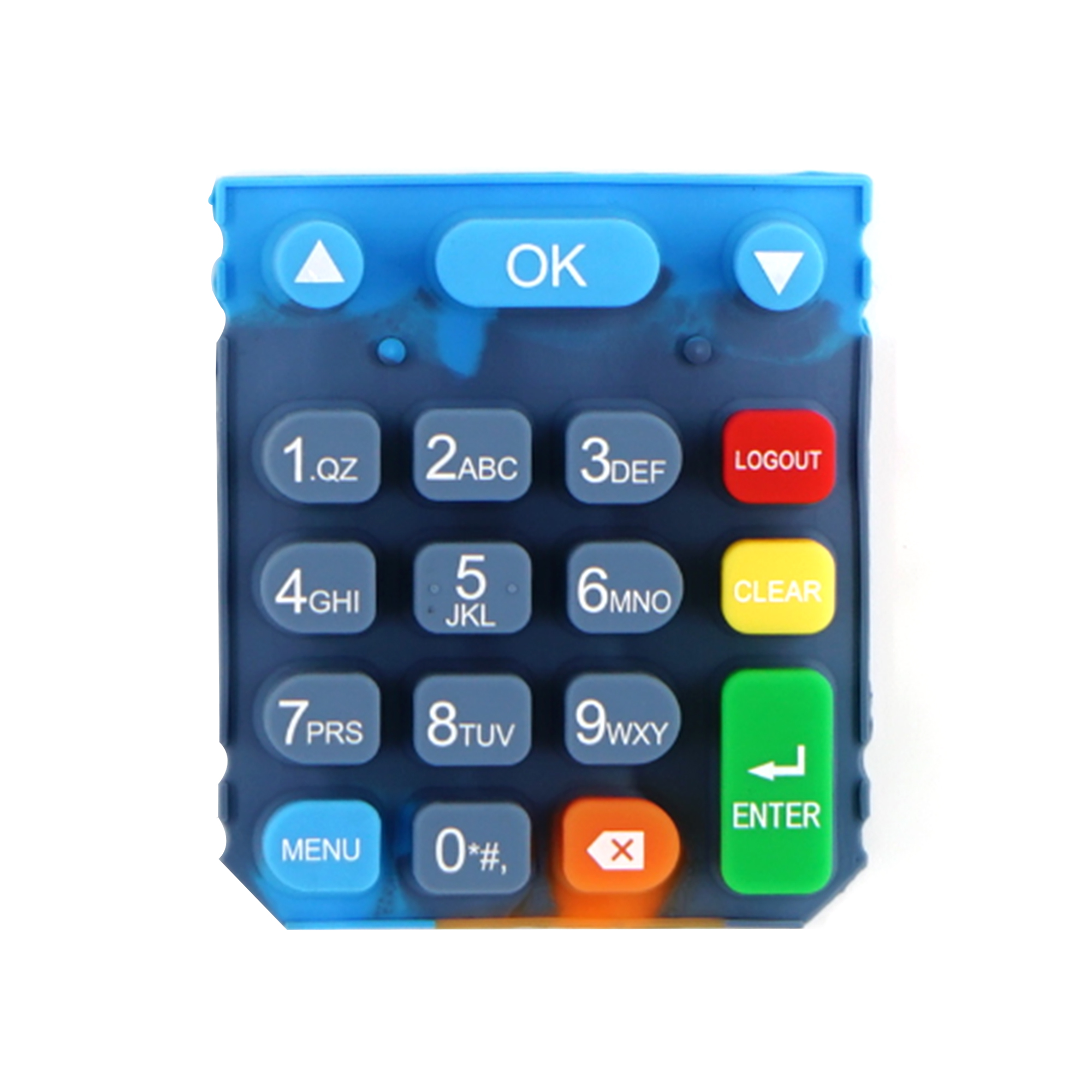Silicone rubber keyboards are known for their durability, flexibility, and resistance to dust and moisture, making them a popular choice for various applications. However, despite their advantages, users can encounter issues that may affect their performance. Understanding and troubleshooting these common problems can help maintain your keyboard’s functionality and longevity. Here’s a guide to addressing typical issues with silicone rubber keyboards and their solutions:

1. Key Response Issues
Problem: Keys may feel unresponsive or require extra force to register a keystroke, affecting typing efficiency.
Solution:
- Check for Obstructions: Ensure there are no debris or foreign particles beneath the keys. Use a soft brush or compressed air to clean the keyboard surface and remove any trapped dirt.
- Inspect the Key Mechanism: Silicone rubber keyboards rely on a membrane mechanism. If a key is stuck or unresponsive, gently press around the key area to ensure the silicone is not misaligned or jammed.
- Test Key Functionality: Connect the keyboard to a different device to rule out potential issues with the computer’s settings or drivers.
2. Sticky or Jammed Keys
Problem: Keys may become sticky or jammed, making typing difficult and frustrating.
Solution:
- Clean Regularly: Regular cleaning is crucial for maintaining keyboard performance. Wipe down the keyboard with a damp cloth or mild cleaning solution. Avoid using harsh chemicals that could damage the silicone.
- Check for Residue: Sticky residues from food or drinks can cause keys to jam. If a key is stuck, gently clean around it to remove any residue. Allow the keyboard to dry completely before use.
3. Visibility and Backlighting Issues
Problem: Some silicone rubber keyboards come with backlighting or illuminated keys, which may become dim or uneven over time.
Solution:
- Adjust Brightness Settings: If your keyboard has adjustable backlighting, ensure it is set to the desired brightness level. Refer to the user manual for instructions on how to adjust these settings.
- Inspect for Damage: Check the keyboard for any visible damage to the backlight components. If backlighting is uneven or malfunctioning, it may require professional repair or replacement.
4. Water Damage
Problem: Although silicone rubber keyboards are resistant to moisture, excessive exposure to water can still cause issues.
Solution:
- Dry Thoroughly: If the keyboard gets wet, disconnect it immediately and allow it to dry completely in a well-ventilated area. Avoid using a hairdryer or applying direct heat, as this can damage the silicone.
- Check for Functionality: Once the keyboard is dry, test all keys to ensure they are functioning correctly. If the keyboard does not work after drying, it may require professional inspection or repair.
5. Wear and Tear
Problem: Over time, silicone rubber keyboards may experience wear and tear, such as fading or cracking of the silicone material.
Solution:
- Use a Keyboard Cover: To protect your keyboard from wear and tear, consider using a silicone cover or keyboard skin. This can help preserve the keyboard’s appearance and functionality.
- Replace if Necessary: If the silicone material becomes significantly damaged or worn out, it may be time to replace the keyboard to ensure optimal performance.
6. Inconsistent Key Feel
Problem: Users may notice an inconsistent key feel, with some keys feeling different from others.
Solution:
- Ensure Proper Seating: Check that the silicone rubber is properly seated in the keyboard casing. Misalignment can affect key feel and response. Gently press down on the keys to ensure they are correctly aligned.
- Consult Manufacturer: If the issue persists, consult the keyboard’s manufacturer or refer to the user manual for guidance on adjustments or potential repairs.
7. Electrical or Connectivity Problems
Problem: Issues with the keyboard’s connection to the device or electrical functionality can occur.
Solution:
- Check Connections: Ensure that the keyboard is properly connected to the device. If using a wired keyboard, inspect the cable for any signs of damage. For wireless keyboards, check the battery levels and connection settings.
- Test with Another Device: Connect the keyboard to a different device to determine if the issue is with the keyboard or the original device.
Conclusion
Troubleshooting common issues with silicone rubber keyboards involves addressing problems related to key response, stickiness, visibility, water damage, wear and tear, key feel, and electrical connectivity. By following these solutions, you can maintain your keyboard’s performance and extend its lifespan. Regular cleaning, careful handling, and prompt attention to issues can ensure that your silicone rubber keyboard remains a reliable and effective tool for your typing needs.
